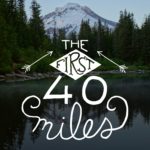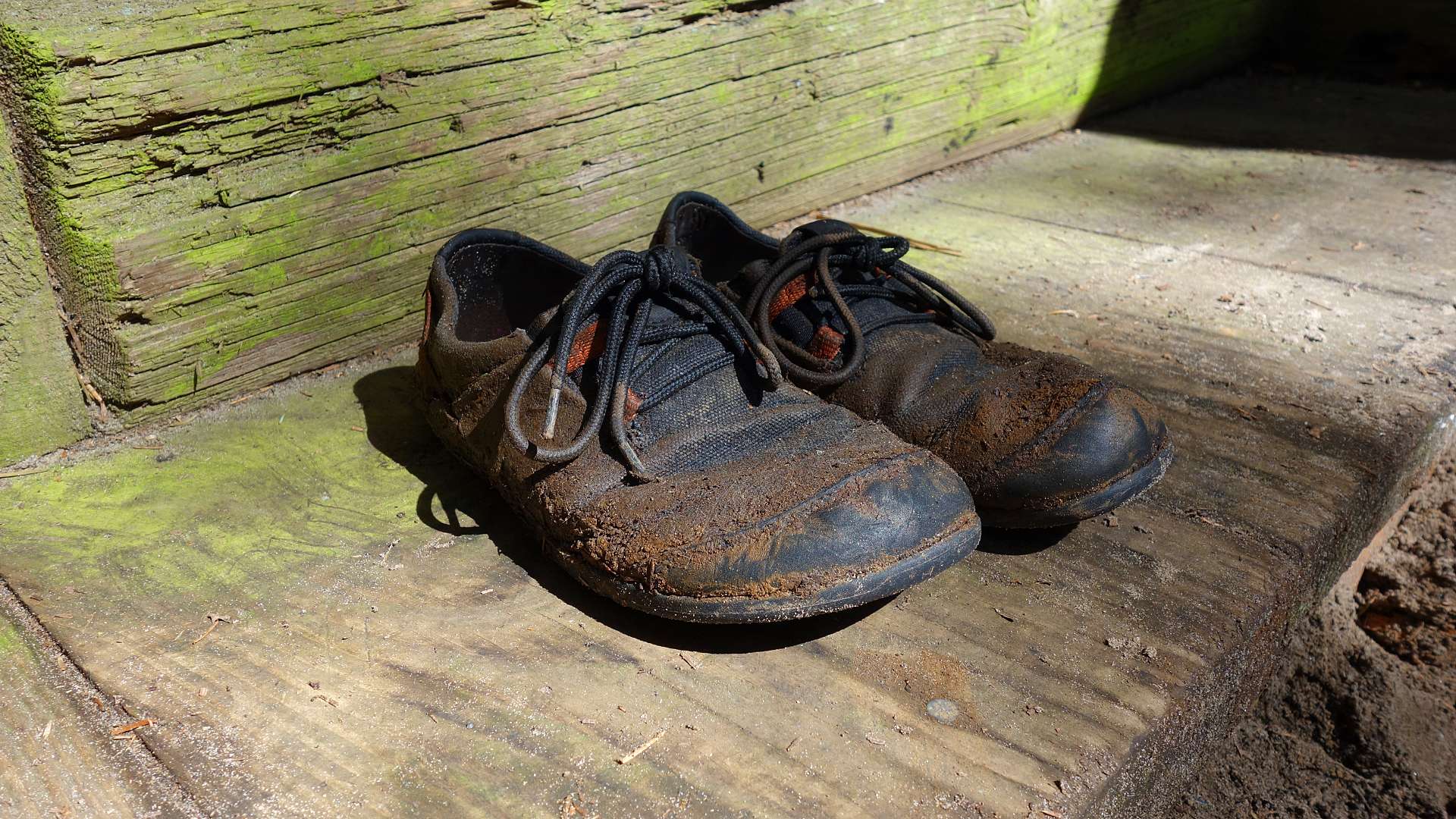Podcast: Download (Duration: 36:24 — 34.2MB)
Show Notes: Episode 140
Today on the First 40 Miles, for everyone else it’s summer vacation, but not for you. We’ve enrolled you in summer school. Welcome to the College of Blister Knowledge. We’re glad you popped in! We’re going to do all we can today to prevent this universal trail trial. Then, on the SUMMIT Gear Review, a water filter that performs equally well in nearly dry creek beds or rushing glacial run-off. And one of our first 40 milers will share a wild trip he took with some friends.
Opening
- College of Blister Knowledge
- Ask any hiker or backpacker what causes blisters, and you’ll hear these three words: Heat, Friction and Moisture.
- But is that true?
- How do blisters form? Summed up in one word
- Shear
- “Shearing forces are unaligned forces pushing one part of a body in one direction, and another part of the body in the opposite direction. When the forces are aligned into each other, they are called compression forces. An example is a deck of cards being pushed one way on the top, and the other at the bottom, causing the cards to slide. Another example is when wind blows at the side of a peaked roof of a home – the side walls experience a force at their top pushing in the direction of the wind, and their bottom in the opposite direction, from the ground or foundation.” (Wikipedia)
- What works, what doesn’t work? Silver bullet??
- Everyone will have their own causes and cures for blisters
- Fixing Your Feet by Jon Vonhof
- Other Jon Vonhof resources
Top 5 Ways to Reduce Shear
Reduce pressure
- Pressure is the vertical force exerted against an object or surface, or as we backpackers call it, walking.
- Padding or inserts can reduce pressure
- You can also reduce weight–either pack weight or personal weight
Reduce moisture
- Lots of way to do this : thin socks, reduced activity level, foot powders that absorb moisture
- Moisture causes blisters is because it increases friction
- Heat produces moisture, which is why we always say that heat causes blisters
Reduce friction
- When things are stuck together (moist skin is stickier and will cause more friction)
- Friction is related to shear
Increase skin resilience
- Increase distance over time so your skin gets used to being loaded
- Keep your foot skin soft and supple (that also means hydrate yourself!)
Allow for bone movement
- As we walk, our foot bones move.
- Shoe fit is very important—if your shoes are too tight or too loose, you’ll have problems.
One last idea…
- If you’ve tried all these things and you’re still prone to blister, we have one, last fix: reach for some tape
- Kinesiology tape or paper tape. These are easy to find, and relatively inexpensive. They are also BREATHABLE, smooth and soft. It’s worth having some of this tape rolled up in your first aid kit. Try to stay away from duct tape, which is not breathable, plus it leaves a sticky residue.
SUMMIT Gear Review™: MSR Trailshot Water Filter
Structure
- Squeeze filter that is made of silicone, a hollow fiber filter and a tube
- BPA Free
Utility
- Output is about1 liter per minute
- Tested to remove 99.9999% of bacteria, 99.9% of protozoa and particulates
Mass
- Weighs 5.2 ounces
- 6 x 2.4 inches
- Tube is 15 inches
Maintenance
- Can be cleaned in the field
- No tools required
Investment
- $50
Trial
- Quite a little workout
- Easy to use
- Can be used straight from a river, you don’t need to have a deep river to draw from.
Story from a listener: Jordan’s Backpacking Trip to the Grand Canyon
Jordan’s story of backpacking the Grand Canyon with his friends
Trail Wisdom
“The more that’s done for hikers in the forests and woods and mountains, in that far do they fail to get the most out of it… We must retain the challenging character of the wilderness.”
-Walter O’kane

